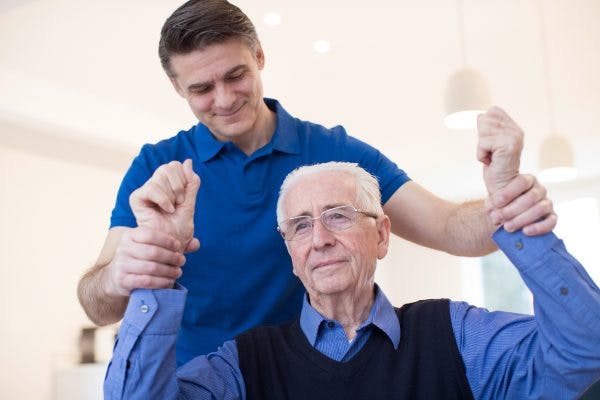
How to Overcome Flaccidity After Stroke: Regaining Movement and Strength
Flaccidity after stroke is a common secondary effect and is often present in the early days of stroke rehabilitation. Flaccidity refers to a complete lack of

Flaccidity after stroke is a common secondary effect and is often present in the early days of stroke rehabilitation. Flaccidity refers to a complete lack of

Tingling sensations in the arms and legs are common after a stroke. Despite the fact that just over half of all survivors experience tactile sensory
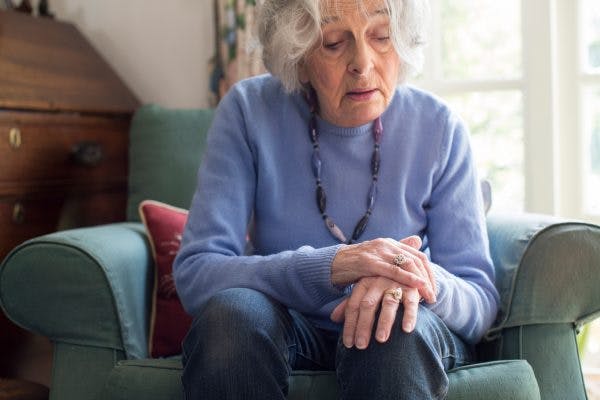
Clonus after stroke appears as uncontrollable, rhythmic muscle contractions. Although this can mimic tremors, clonus is its own condition and needs to be treated as

Childlike behavior after stroke can be distressing for both the survivor and caregiver. Generally, changes in behavior after stroke are related to the neurological impact of stroke,

Stroke is a serious, life-changing injury that can result in a wide variety of secondary effects. Among these secondary effects is nerve pain, or neuropathy.
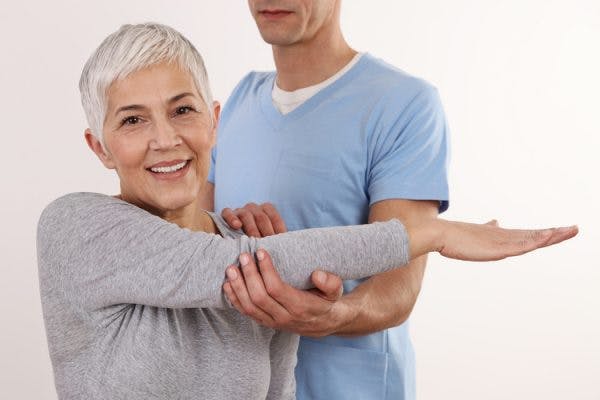
Are your post stroke symptoms getting worse? Sometimes regression after stroke is a normal part of the recovery process, but it can also be a sign
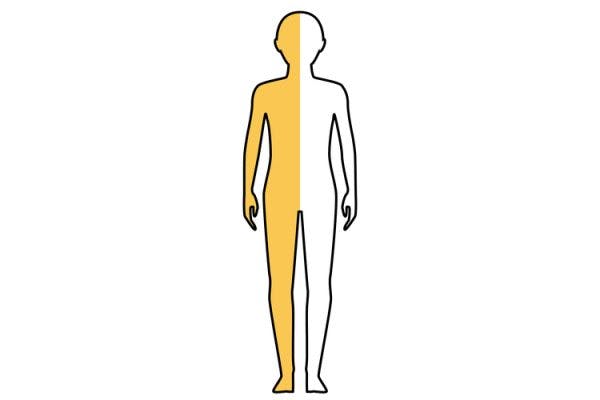
Left hemiplegia describes paralysis of the left side of the body due to neurological injury. This secondary effect commonly occurs following a stroke or traumatic

Seizures after a stroke occur because of changes in electrical activity within the brain. However, just because you’ve had a stroke does not mean you’ll
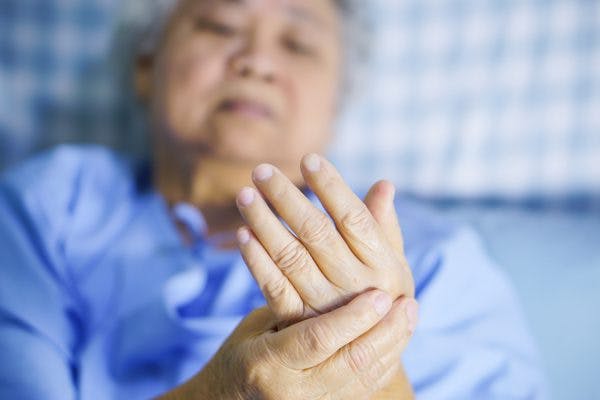
Post-stroke movement disorders, such as tremors, affect 1-4% of stroke survivors. Tremors after stroke are characterized by rhythmic, unintentional shaking of one or more body
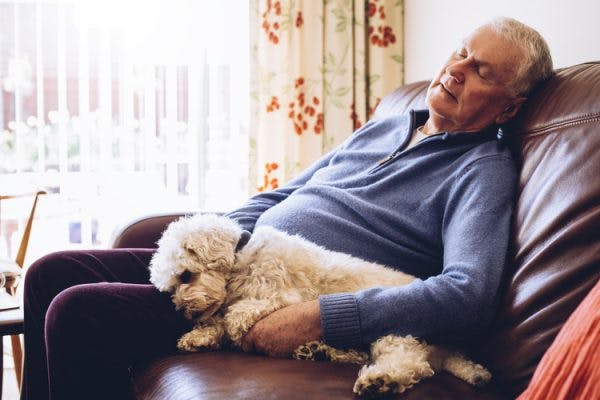
Fatigue and excessive sleeping after stroke may fall under a condition known as excessive daytime sleepiness (EDS), or hypersomnia. People with EDS often feel overcome by the

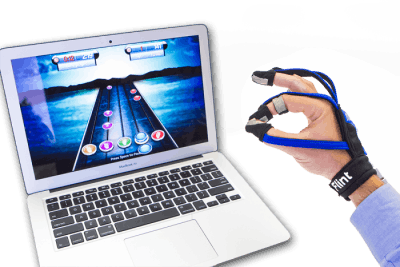
Take the first step towards recovery.